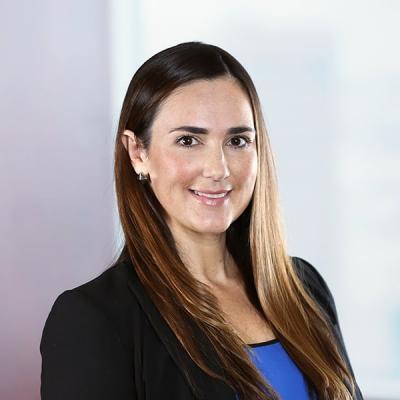Analyzing Patent Claims Having Conditional Language – the PTAB Provides Clarity
The Patent Trial and Appeal Board (PTAB) recently designated Ex parte Schulhauser, Appeal 2013-007847 (PTAB April 28, 2016), as precedential. In this decision the Board clarified how to interpret method and system claims that include conditional language. Importantly, this decision highlights that these two claim types are not necessarily interpreted the same way.
The Board indicated that if a condition precedent in a method claim is not met, the conditional steps recited in the claim are not required to be performed. As such, the broadest reasonable interpretation of such a method claim does not include the conditional steps. Therefore, the conditional steps in a method need not be found in the prior art in order to deny patentability of a method claim. In contrast, if the same steps are part of a system claim having a programmed processor performing the steps, the system claim is interpreted more narrowly to include all of the steps. The Board reasoned that since there is a structure (i.e., a processor) tied to the steps in a system claim, the structure is present in the system regardless of whether the condition is met and the conditional function is actually performed.
The following claim 1 was at issue in Ex parte Schulhauser (with emphasis added):
- A method for monitoring of cardiac conditions incorporating an implantable medical device in a subject, the method comprising the steps of:
collecting physiological data associated with the subject from the implantable device at preset time intervals, wherein the collected data includes real-time electrocardiac signal data, heart sound data, activity level data and tissue perfusion data;
comparing the electrocardiac signal data with a threshold electrocardiac criteria for indicating a strong likelihood of a cardiac event;
triggering an alarm state if the electrocardiac signal data is not within the threshold electrocardiac criteria;
determining the current activity level of the subject from the activity level data if the electrocardiac signal data is within the threshold electrocardiac criteria;
determining whether the current activity level is below a threshold activity level;
comparing the tissue perfusion data with a threshold tissue perfusion criteria for indicating a strong likelihood of a cardiac event if the current activity level is determined to be below a threshold activity level;
triggering an alarm state if the threshold tissue perfusion data is not within the threshold tissue perfusion criteria; and
triggering an alarm state if the threshold tissue perfusion data is within the threshold tissue perfusion criteria and the heart sound data indicates that S3 and S4 heart sounds are detected,
wherein if an alarm state is not triggered, the physiological data associated with the subject is collected at the expiration of the preset time interval.
Appellants contend the combined teachings identified by the Examiner as 35 U.S.C. §103(a) prior art do not disclose the “comparing the tissue perfusion data” step. However, the Board noted that the “triggering” and “determining” steps of the claim are mutually exclusive and are only performed when certain conditions are met. For example, if the electrocardiac signal data is not within the threshold electrocardiac criteria, then an alarm is triggered and the remaining method steps need not be performed. However, if the electrocardiac signal data is within the threshold electrocardiac criteria, then the current activity level of the subject is determined. As such, if the electrocardiac signal data is not within the threshold electrocardiac criteria and an alarm is triggered, the remaining conditional steps of claim 1 need not be performed.
In light of the above analysis, the Board asserted that the broadest reasonable interpretation of the claim would not include the conditional steps. Therefore, such conditional steps do not need to be found in the prior art in order to deny patentability of claim 1. As a result, the Board affirmed the Examiner’s rejection of claim 1.
In contrast, the Board provided the following explanation for its analysis of claim 11, which recites substantially the same functionality as claim 1 but as part of a computer implemented apparatus claim:
The broadest reasonable interpretation of a system claim having structure that performs a function, which only needs to occur if a condition precedent is met, still requires structure for performing the function should the condition occur. This interpretation of the system claim differs from the method claim because the structure (i.e., a processor programmed to perform an algorithm for carrying out the recited function should the recited condition be met) is present in the system regardless of whether the condition is met and the function is actually performed.
The PTAB thus reasoned that because each of the steps in the system claim are recited as a structure (processor) performing each step, each of these steps is included in the broadest reasonable interpretation of the claim. It is noted that the system claim reviewed by the Board in this case includes means-plus-function language requiring an algorithm. However, it is presumed that common processor programmed language such as “programmed to” or “configured to” would result in the same analysis.
This decision thus provides clarity as to how to interpret breadth of a claim that includes conditional language, such as for purposes of patentability and/or infringement analysis.


